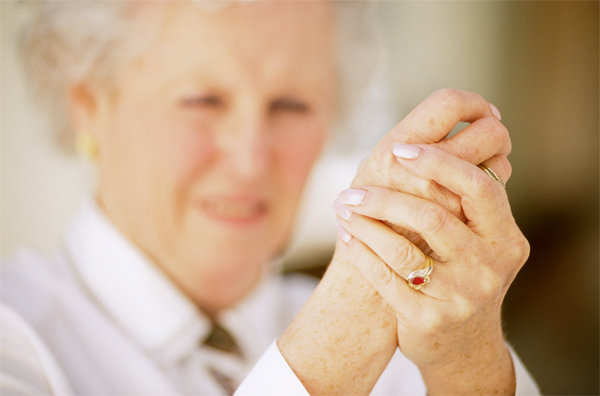osteoarthritis – or “wear and tear” arthritis – is the most common form of arthritis and affects almost half of all people over 60. Nearly everyone aged 80-plus will have this condition, which occurs as a result of the structures affecting joints mechanically breaking down. But how do you know if you’re likely to get it?
Could you have arthritis?
Your risk of getting arthritis increases if:
You’re over 45.
There’s a family history.
You’ve suffered a previous injury to a joint.
You’ve had a job that involved heavy physical work.
You’re obese.
You’re female.
osteoarthritis tends to develop gradually and little aches and pains that were barely noticeable to start with usually become worse over time. You may have arthritis if you have:
Soreness and stiffness in one or more of your joints.
Stiffness in the morning that goes within half an hour.
Joints that feel stiff and sore after both periods of strenuous activity and also inactivity.
ouscle weakness accompanying joint stiffness.
Recurring pain, tenderness or swelling in a joint.
Difficulty doing every day tasks because of aching joints.
Arthritis can affect different parts of the body in many different ways:
Hip arthritis can include pain in the groin, inner thigh or buttocks. It can make moving, bending and walking difficult and you may notice you are starting to limp.
Knee arthritis can make your knee buckle when walking or going down stairs. Your knee may also lock or “catch” and it may be painful to get up out of a chair or to kneel.
Spinal arthritis can cause bone spurs to develop, and if these put pressure on nerves you can have pain radiating to your neck, shoulders, arm, lower back and legs, or numbness and weakness in your arms and legs.
Finger arthritis may cause pain and swelling in the finger joints, along with bone spurs. Joints may become enlarged and stiff and it maybe increasingly difficulty to do tasks like grasping a pen to write.
Don’t ignore possible early warning signs. There’s no cure for arthritis but it can be managed and you may be able to take steps to slow down its progress, including:
oaintaining a healthy weight. Getting rid of excess kilos takes the pressure off joints.
Exercising regularly. Avoid activities that place a lot of stress on joints that may be affected by arthritis.
Improving your posture. Bad posture can make it harder for your joints to function the way they were designed to.
Getting immediate treatment for any injuries to joints. Sports or traumatic injuries (such as those caused by a car accident or a fall) can lead to arthritis further down the track if the joint doesn’t heal properly and becomes affected by wear and tear.
Health Watch
Scientists investigating the effects of the stress hormone adrenaline have found evidence that it may not only play a part in the development of cancer, but can also turn hair grey. The US researchers have found that large and repeated amounts of adrenaline flooding the body may affect levels of a protein called p53, which helps to repair damage to cells that may cause cancer. It also affects pigment in hair, they’ve found.
A sugary diet has been linked to an increase risk of cancer of the womb. Swedish researchers have found that women who snacked frequently on cakes and biscuits were up to 42% more likely to get endometrial cancer than women who only ate them once a fortnight or less. Interestingly, there was little or no increase in risk among women who often tucked into other high sugar items such as soft drinks, lollies or jam.




